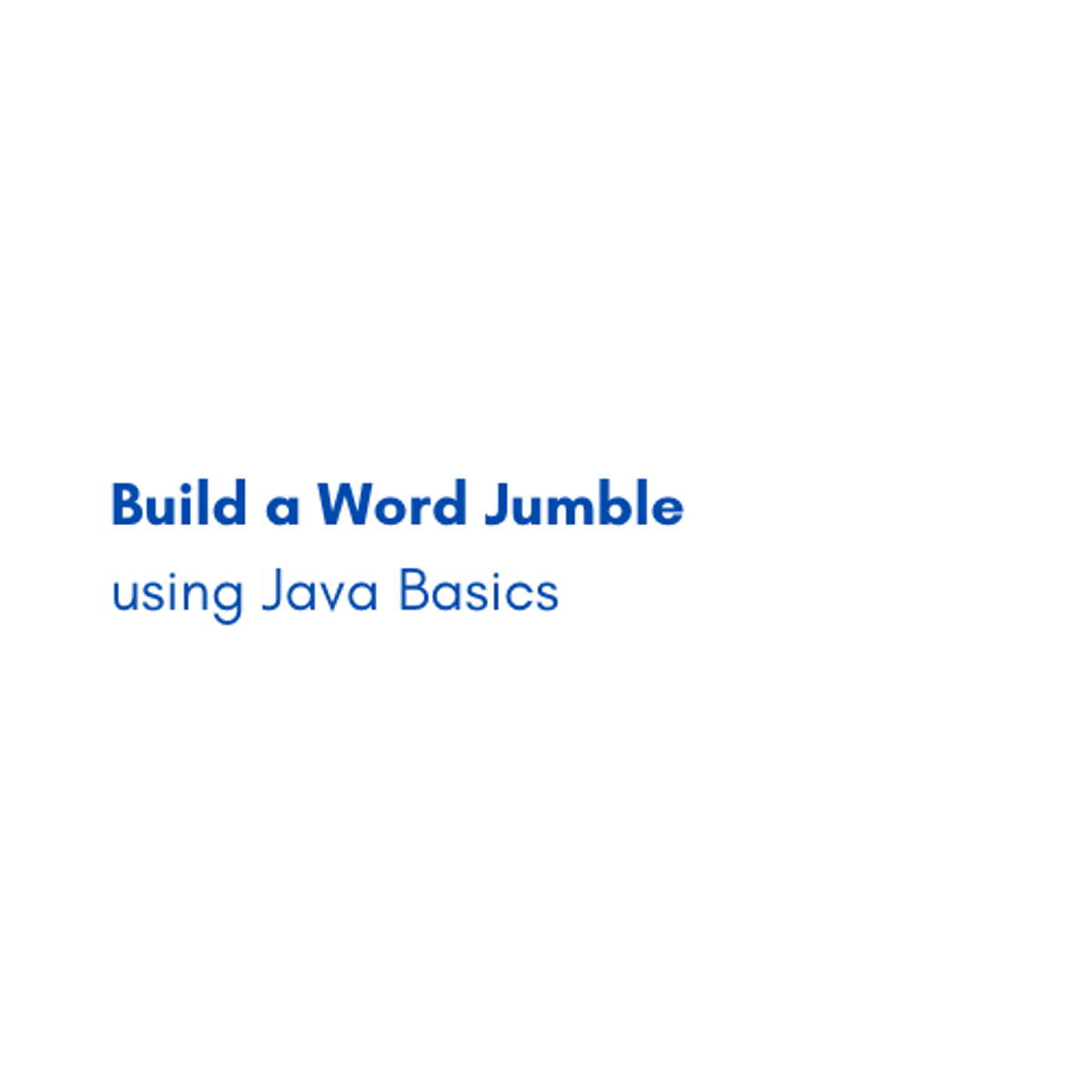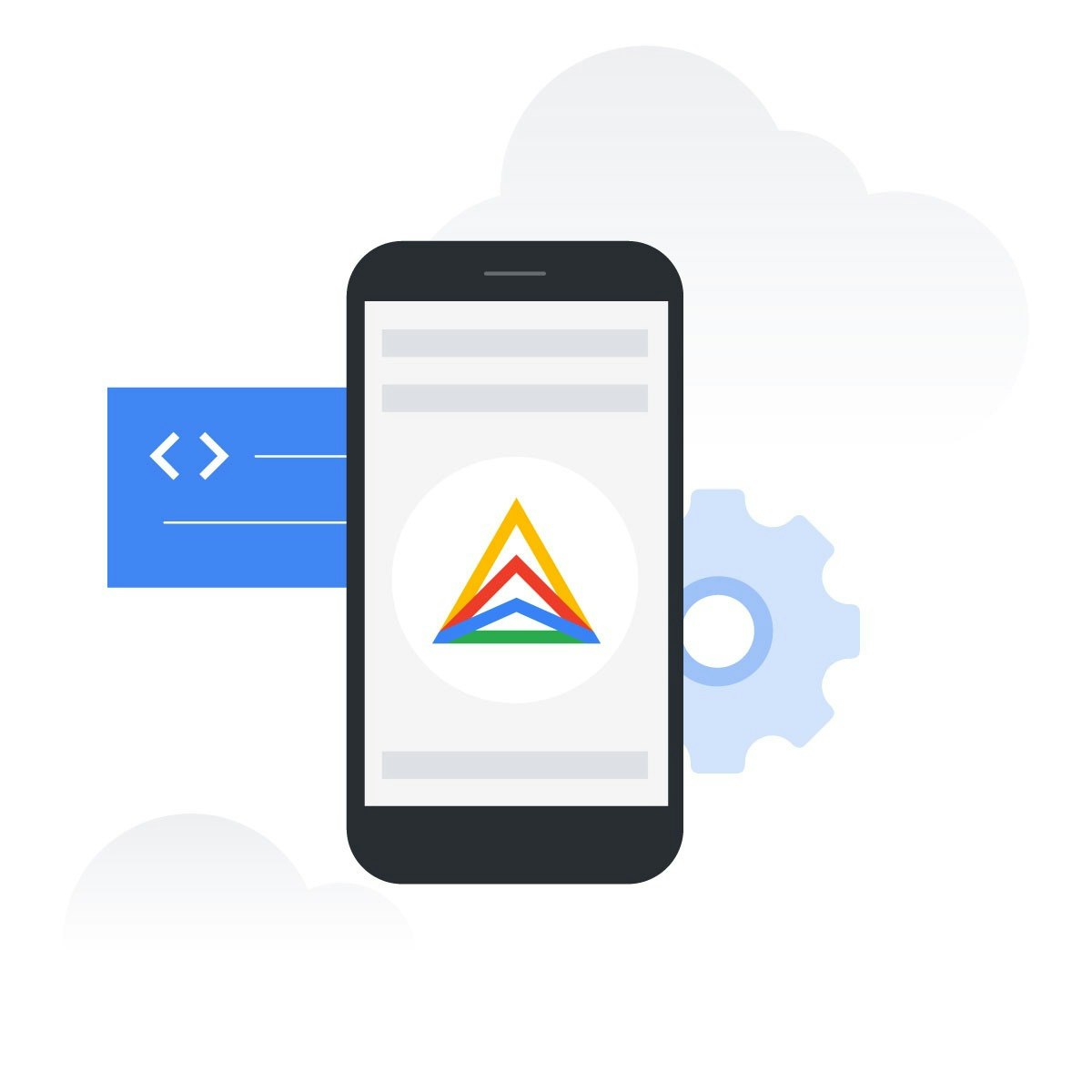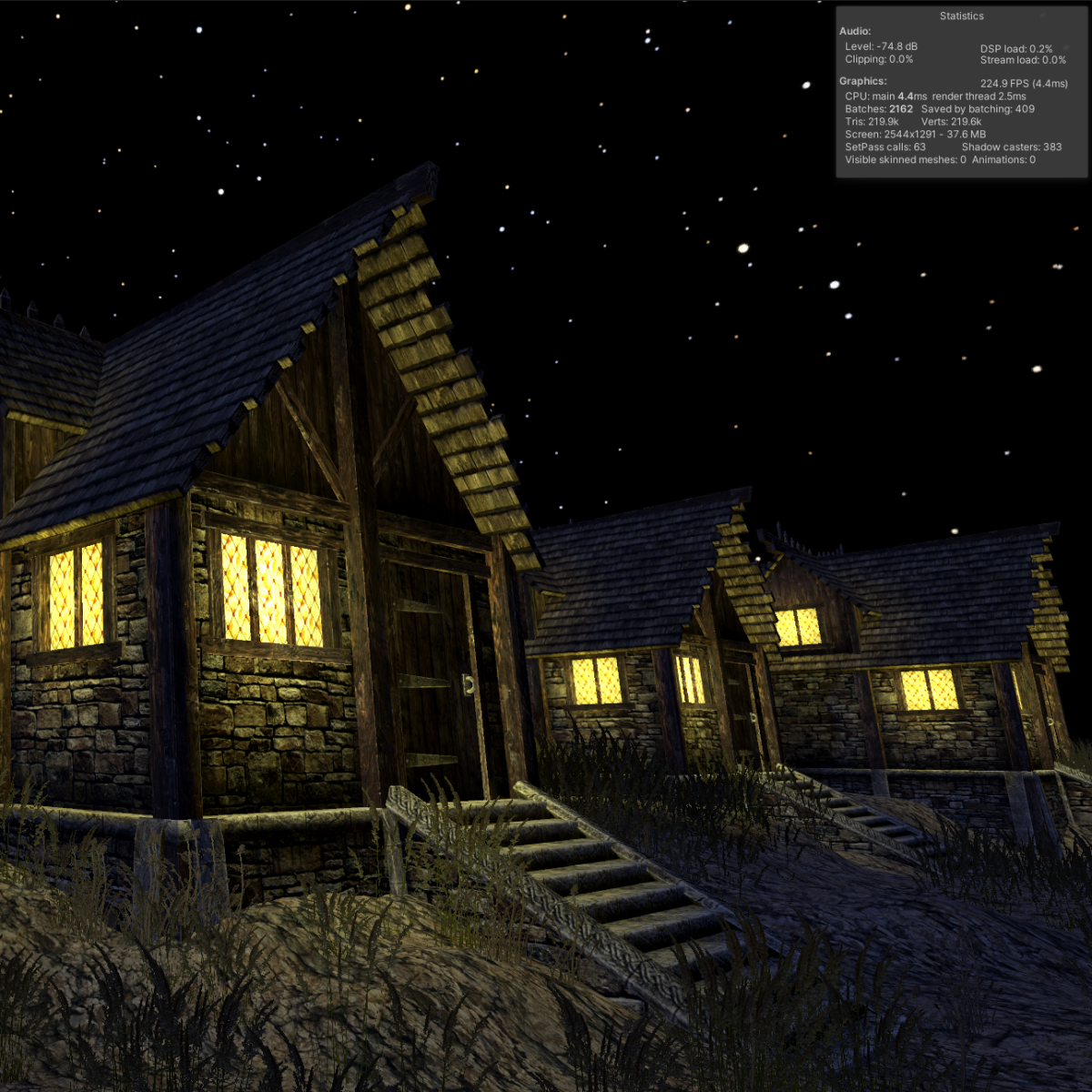Back to Courses









Computer Science Courses - Page 31
Showing results 301-310 of 2309

Build a Word Jumble using Java Basics
By the end of this project, you will create a word jumble game using Java Swing. This project will give you a great head start towards learning more and mastering one of the most used programming languages in the world. In this project you will learn many basic fundamentals such as data structures, variables, loops etc. Learning and understanding Java Swing will help you progress in the programming field by creating simple Java applications.
Note: This course works best for learners who are based in the North America region. We’re currently working on providing the same experience in other regions.

Use Python and Java to Create a GUI Application
By the end of this project, you will implement a Java GUI to read from a user-provided file containing data. The GUI will call Python applications to plot columnar data as X and Y coordinates on a regression graph, and display statistics about the data from each of the selected columns.
A graphical user interface can be a nice alternative to using the command line for running programs, as there is no need to memorize how to execute a command with arguments. A label may be added to describe what is needed for the application, for example. There are many choices for building a graphical user interface in Java. Using the Java Swing GUI package is the standard GUI toolkit for Java applications and is widely available on multiple platforms including Windows, Mac, and Linux. The event handlers in Java can then call existing Python applications to analyze the data.
Note: This course works best for learners who are based in the North America region. We’re currently working on providing the same experience in other regions.

AI For Medical Treatment
AI is transforming the practice of medicine. It’s helping doctors diagnose patients more accurately, make predictions about patients’ future health, and recommend better treatments. This Specialization will give you practical experience in applying machine learning to concrete problems in medicine.
Medical treatment may impact patients differently based on their existing health conditions. In this third course, you’ll recommend treatments more suited to individual patients using data from randomized control trials. In the second week, you’ll apply machine learning interpretation methods to explain the decision-making of complex machine learning models. Finally, you’ll use natural language entity extraction and question-answering methods to automate the task of labeling medical datasets.
These courses go beyond the foundations of deep learning to teach you the nuances in applying AI to medical use cases. If you are new to deep learning or want to get a deeper foundation of how neural networks work, we recommend that you take the Deep Learning Specialization.

Introduction to Python Fundamentals
How many times have you decided to learn a programming language but got stuck somewhere along the way, grew frustrated, and gave up? This specialization is designed for learners who have little or no programming experience but want to use Python as a tool to play with data.
The first course will introduce you to programming languages, with Python as an example. You are going to learn how to use variables and operators, as well as input/output and flow controls to build simple Python programs. The pace will be very slow, so you will feel comfortable learning Python as quickly or as slowly as you like.
Are you ready? Let's go!
Logo image courtesy of Mourizal Zativa. Available on Unsplash here: https://unsplash.com/photos/gNMVpAPe3PE

Using BigQuery in the Google Cloud Console
This is a self-paced lab that takes place in the Google Cloud console.
This lab shows you how to query public tables and load sample data into BigQuery using the GCP Console. Watch the following short video Get Meaningful Insights with Google BigQuery.

Mathematical Foundations for Cryptography
Welcome to Course 2 of Introduction to Applied Cryptography. In this course, you will be introduced to basic mathematical principles and functions that form the foundation for cryptographic and cryptanalysis methods. These principles and functions will be helpful in understanding symmetric and asymmetric cryptographic methods examined in Course 3 and Course 4. These topics should prove especially useful to you if you are new to cybersecurity. It is recommended that you have a basic knowledge of computer science and basic math skills such as algebra and probability.

Hybrid Cloud Modernizing Applications with Anthos
Course four of the Anthos series prepares students to consider multiple approaches for modernizing applications and services within Anthos environments. Topics include optimizing workloads on serverless platforms and migrating workloads to Anthos. This course is a continuation of course three, Anthos on Bare Metal, and assumes direct experience with the topics covered in that course.

Baking Lights for Better Performance in Unity
In this one-hour, project-based course, you'll learn how to precalculate, or "bake" lights for better performance. You'll learn how to configure lightmapping and other light-related settings that can greatly improve the frame-rate of any game.
The guided project will introduce you to the following Unity concepts:
- Lightmapping
- Light Modes
- UV Overlap
This series makes use of the medieval-themed Unity project created in Light Up Your World in Unity (Introduction to Lighting). It compliments this guided project and, although not a prerequisite, is recommended for a more well-rounded understanding of the concepts presented herein.
Note: This course works best for learners who are based in the North America region. We’re currently working on providing the same experience in other regions.

Building Interactive 3D Characters and Social VR
Meeting another person is one of the most amazing experiences you can have in Virtual Reality. It is quite unlike communicating through any other medium except a real life face-to-face conversation. Because the other person is life size and shares a virtual space with you, body language works in a way that cannot be done on a flat screen. This course will enable you to create realistic social interactions in VR.
You will learn about both the psychology of social interaction and the practical skills to implement it in Unity3D. We will take you through the basics of 3D character animation and how to create body language. You will learn about how to make characters that can respond to players’ speech and body language. You will also learn about avatars: the virtual representation of other players, and agents: computer controlled NPC characters and how to implement both of them.
As many people have said before us, social is the future of VR. This course will help you become part of the future of Virtual Reality social experiences.
Introduction to Software Product Management
This course highlights the importance and role of software product management. It also provides an overview of the specialization, as well as its goals, structure, and expectations. The course explains the value of process, requirements, planning, and monitoring in producing better software.
